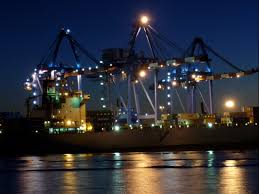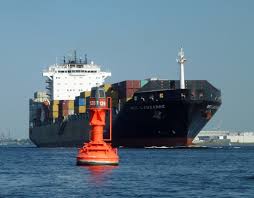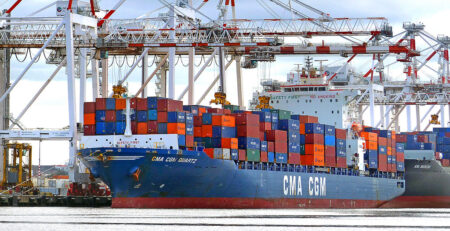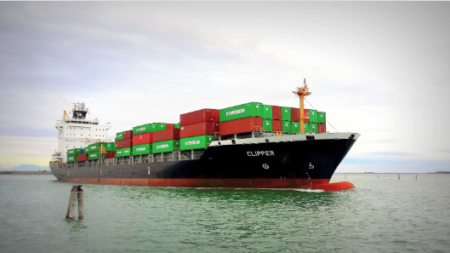S&P Global warns of potential supply chain disruptions as the Panama Canal faces capacity constraints due to a severe drought.
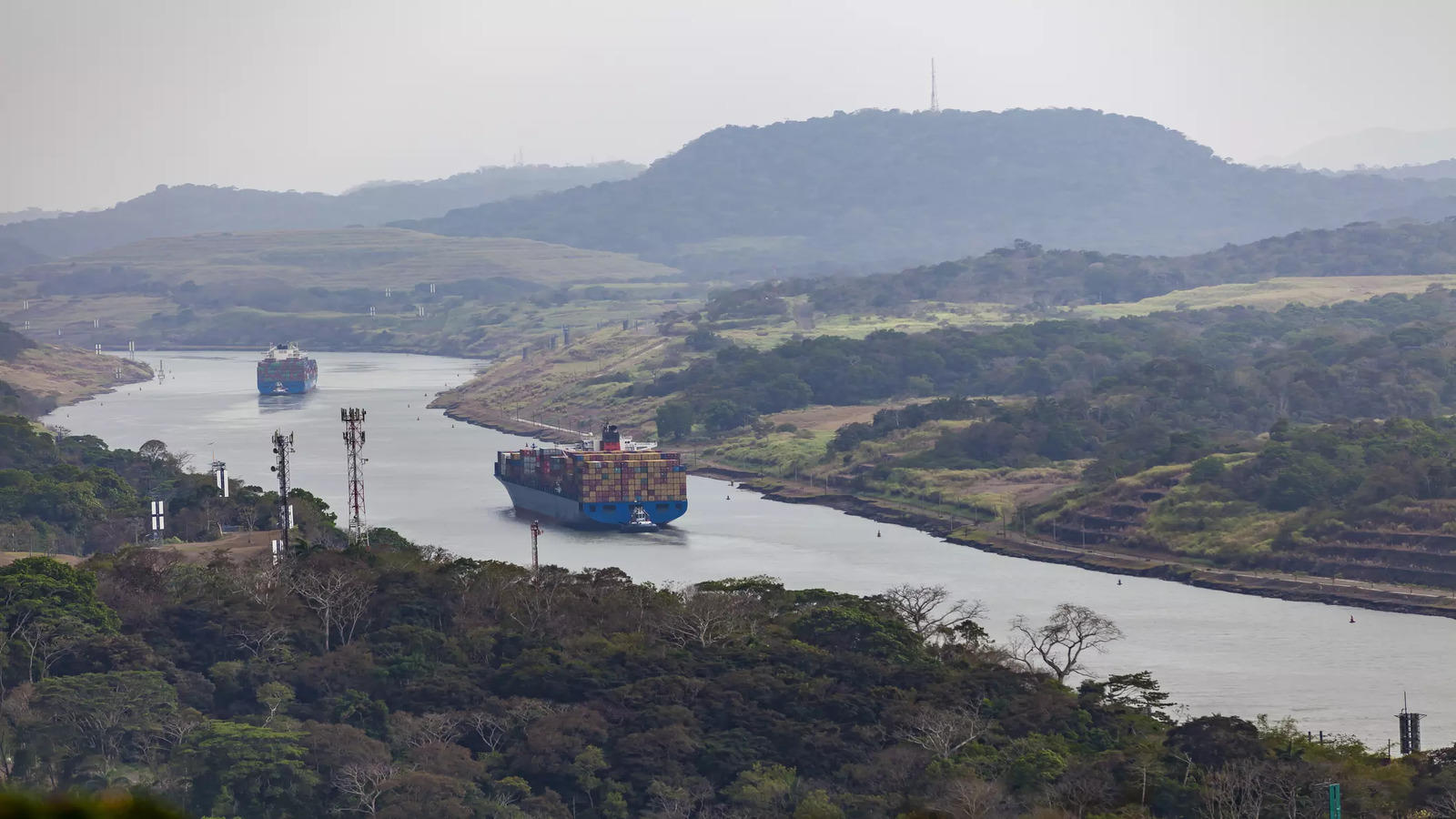
S&P Global issued a warning on Wednesday regarding the severe drought affecting the Panama Canal, stating that it could pose a significant threat to global supply chains, particularly during a period of heightened demand. The Panama Canal, a vital artery for international trade, has been forced to implement restrictions on daily crossings since 2023 due to dwindling water levels. However, in a recent development, the Panama Canal Authority slightly increased the daily crossing limit from 24 to 27 as water levels at the crucial Gatun Lake, which feeds the canal, experienced a slight rise.
According to S&P Global’s analyst report on the transportation of cargo and raw materials, the capacity constraints at the Panama Canal are beginning to affect supply chains, albeit more prominently for certain categories of vessels. While container ships, which hold priority status, have yet to feel the full impact, other vessel types, particularly bulk carriers, have been significantly affected by transit restrictions.
The situation is further complicated by the ongoing conflict in the Red Sea region, where Houthi attackers have disrupted shipping in the Suez Canal, the world’s busiest waterway. This disruption has led some shippers to seek alternative routes, potentially adding further strain to the already constrained capacity of the Panama Canal.
Although the Panama Canal Authority plans to increase daily crossing slots to around 36 per day if rains return as expected in May, maintaining water levels in the reservoirs remains a crucial challenge. This challenge underscores the delicate balance between meeting global shipping demands and preserving the long-term sustainability of the Panama Canal’s operations amidst environmental constraints.


